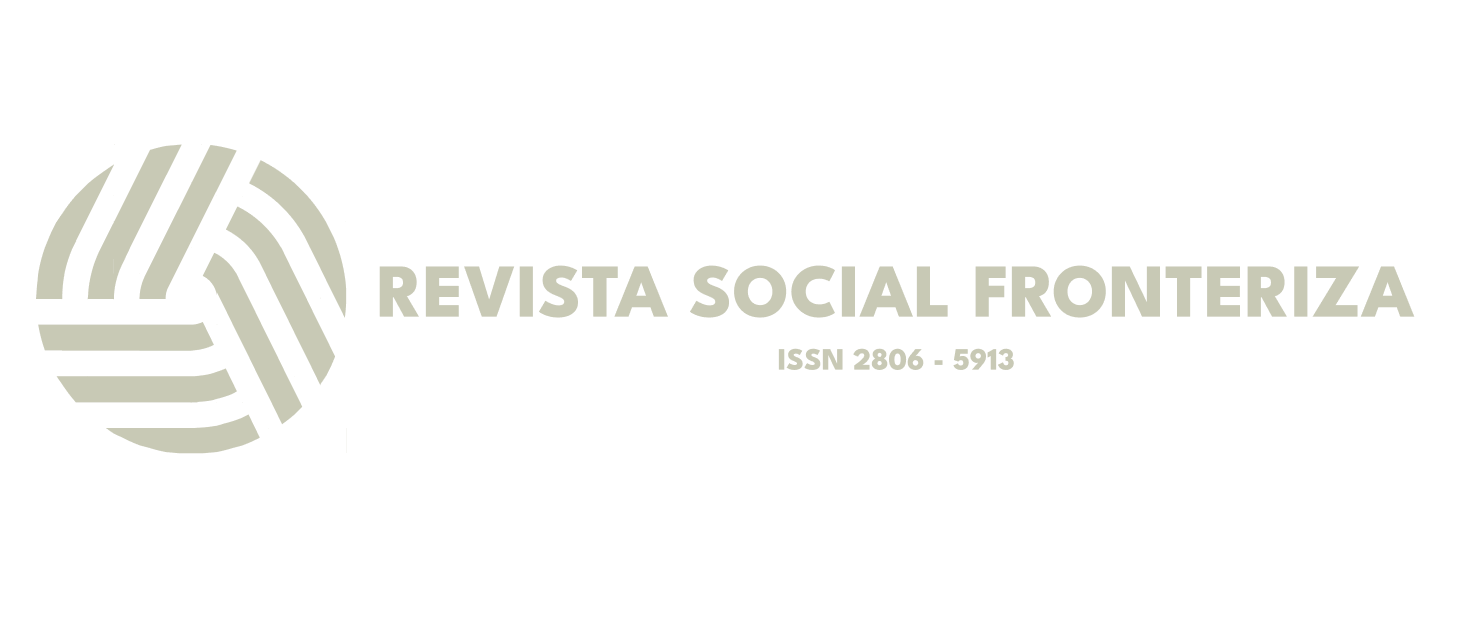El Impacto de las Neurociencias en la Mediación Tecnológica para la Formación Integral
DOI:
https://doi.org/10.59814/resofro.2024.4(5)418Palabras clave:
Neurociencia, tecnología, mediación, aprendizaje, plasticidad cerebralResumen
Este artículo explora el impacto de las neurociencias y la mediación tecnológica en la formación educativa integral. La neuroeducación, basada en los avances en la comprensión del cerebro, ofrece nuevas perspectivas sobre el aprendizaje, mientras que la mediación tecnológica permite crear entornos educativos adaptativos e interactivos. El objetivo es analizar cómo la combinación de ambas disciplinas puede mejorar los procesos de enseñanza-aprendizaje, fomentando un desarrollo cognitivo, emocional y social equilibrado en los estudiantes. Se revisan investigaciones recientes y se discuten implicaciones para el diseño de estrategias pedagógicas que promuevan una formación integral.
Descargas
Métricas
Citas
• Baddeley, A. (2003). Working memory: Looking back and looking forward. Nature Reviews Neuroscience, 4(10), 829-839.
• Bailenson, J. N. (2018). Experience on demand: What virtual reality is, how it works, and what it can do. W. W. Norton & Company.
• Carew, T. J., & Magsamen, S. H. (2010). Neuroscience and education: An ideal partnership for producing evidence-based solutions to guide 21st century learning. Neuron, 67(5), 685-688. https://doi.org/10.1016/j.neuron.2010.08.028
• Ertmer, P. A., & Ottenbreit-Leftwich, A. T. (2013). Removing obstacles to the pedagogical changes required by Jonassen's vision of authentic technology-enabled learning. Computers & Education, 64, 175-182. https://doi.org/10.1016/j.compedu.2012.10.008
• Gee, J. P. (2007). What video games have to teach us about learning and literacy (2.ª ed.). Palgrave Macmillan.
• Immordino-Yang, M. H., & Damasio, A. (2007). We feel, therefore we learn: The relevance of affective and social neuroscience to education. Mind, Brain, and Education, 1(1), 3-10.
• Goswami, U. (2004). Neuroscience and education: From research to practice? Nature Reviews Neuroscience, 5(10), 848-854. https://doi.org/10.1038/nrn1517
• Jensen, E. (2008). Brain-based learning: The new science of teaching and training (2.ª ed.). Corwin Press.
• Kolb, B., & Gibb, R. (2011). Brain plasticity and behaviour in the developing brain. Journal of Canadian Child and Adolescent Psychiatry, 20(4), 265-276.
• Luckin, R., Holmes, W., Griffiths, M., & Forcier, L. B. (2016). Intelligence unleashed: An argument for AI in education. Pearson Education.
• Mayer, R. E. (2019). The Cambridge handbook of multimedia learning. Cambridge University Press.
• Tokuhama-Espinosa, T. (2011). Mind, brain, and education science: A comprehensive guide to the new brain-based teaching. W. W. Norton & Company.
• Tokuhama-Espinosa, T. (2014). Making classrooms better: 50 practical applications of mind, brain, and education science. W. W. Norton & Company.
• Zull, J. E. (2002). The art of changing the brain: Enriching the practice of teaching by exploring the biology of learning. Stylus Publishing.
Publicado
Cómo citar
Número
Sección
Licencia
Derechos de autor 2024 María Gabriela Zuleta Araque, Patricia Yanzapanta Nauta, Byron Francisco Huacon Pachay , Elsa Margarita Guanuche Sánchez

Esta obra está bajo una licencia internacional Creative Commons Atribución-NoComercial-SinDerivadas 4.0.




































